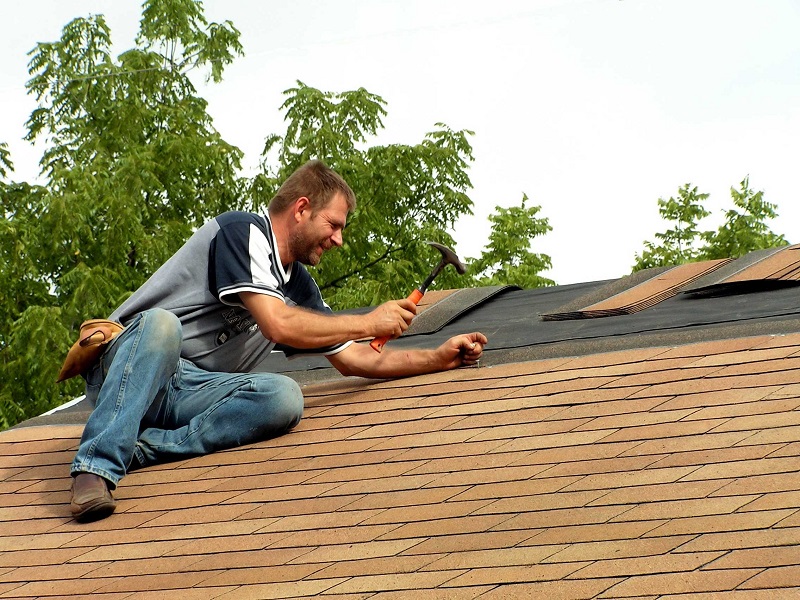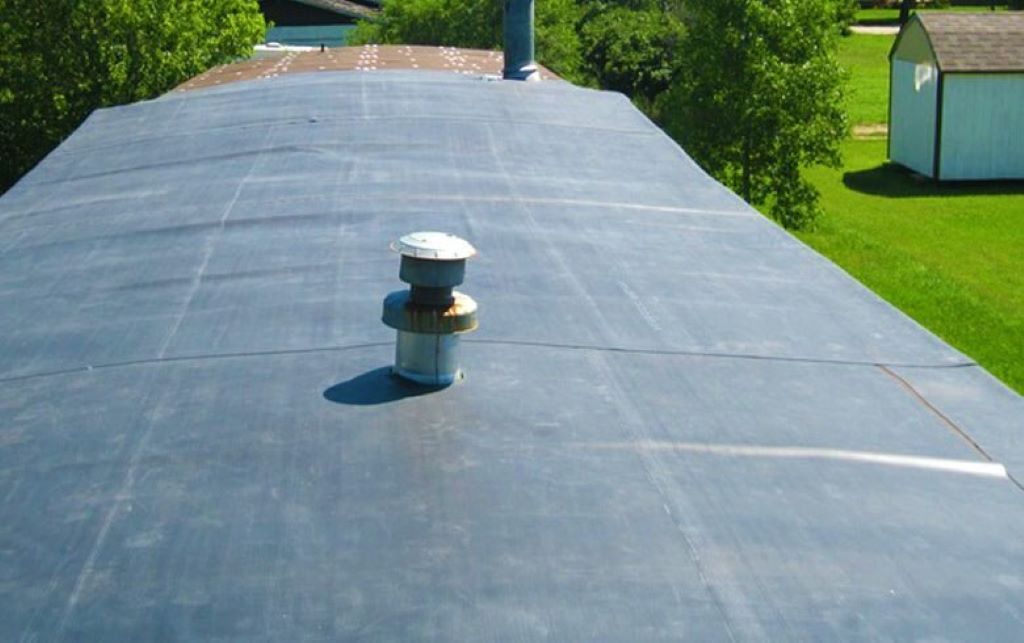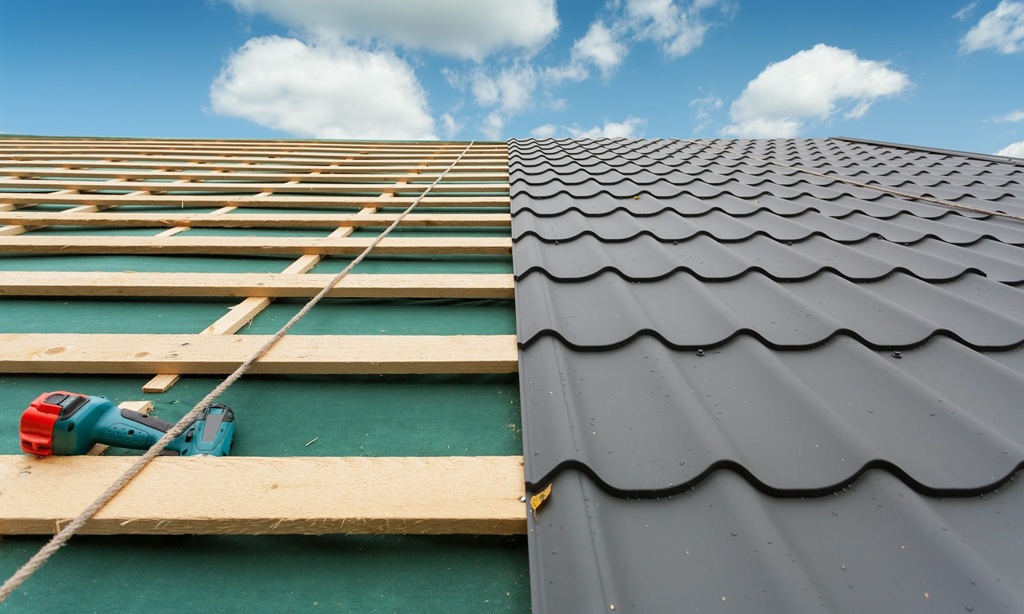In an era defined by climate consciousness and a burgeoning desire for sustainable living, the humble rooftop is undergoing a remarkable transformation. Once simply a protective shield against the elements, it’s now a canvas for eco-friendly innovation. The most prominent and transformative device gracing these elevated spaces is, undoubtedly, the solar photovoltaic (PV) system. But the concept extends beyond just solar panels; it encompasses a suite of technologies designed to minimize environmental impact and maximize energy efficiency. Let’s delve deep into the world of rooftop eco-friendly devices, exploring their functionality, benefits, and the growing movement they represent.
The Power of Photovoltaics: Solar Panels Leading the Charge
At the heart of rooftop sustainability lies the solar PV system. These systems, comprised of interconnected solar panels, convert sunlight directly into electricity through the photovoltaic effect. When photons from sunlight strike the silicon cells within the panels, they dislodge electrons, creating an electrical current. This direct current (DC) is then converted to alternating current (AC) by an inverter, making it compatible with household appliances and the grid.
Key Components and Functionality:
- Solar Panels: These are the primary energy harvesters, available in various types (monocrystalline, polycrystalline, thin-film) with varying efficiency levels. Monocrystalline panels, known for their sleek black appearance, generally offer the highest efficiency.
- Inverter: This crucial component transforms the DC electricity produced by the panels into usable AC electricity.
- Mounting System: Securely fastens the panels to the roof, ensuring stability and optimal sun exposure.
- Monitoring System: Tracks the system’s performance, providing data on energy production and consumption, allowing for optimization and troubleshooting.
- Grid Connection (Optional): Allows excess energy to be fed back into the grid, potentially generating credits or revenue for the homeowner.
Benefits of Solar PV Systems:
- Reduced Carbon Footprint: Solar energy is a clean, renewable source, significantly reducing reliance on fossil fuels and mitigating greenhouse gas emissions.
- Lower Energy Bills: By generating their own electricity, homeowners can drastically reduce or even eliminate their dependence on traditional utility companies.
- Increased Property Value: Solar installations are increasingly seen as a valuable asset, enhancing a property’s marketability and resale value.
- Energy Independence: Solar systems provide a degree of energy independence, shielding homeowners from fluctuating energy prices and potential power outages.
- Government Incentives: Many governments offer tax credits, rebates, and feed-in tariffs to encourage solar adoption, making it a financially attractive investment.
Beyond Solar: Expanding the Rooftop Ecosystem
While solar panels are the most prevalent eco-friendly rooftop device, other technologies contribute to a comprehensive sustainable approach:
-
Green Roofs: Nature’s Cooling Solution
Green roofs, also known as living roofs, are vegetated rooftops that offer numerous environmental benefits. They consist of a waterproofing membrane, drainage layer, growing medium, and vegetation.
Benefits of Green Roofs:
- Reduced Urban Heat Island Effect: Vegetation absorbs sunlight and releases moisture through evapotranspiration, cooling the surrounding environment.
- Improved Air Quality: Plants filter pollutants and absorb carbon dioxide, contributing to cleaner air.
- Stormwater Management: Green roofs absorb rainwater, reducing runoff and mitigating flooding.
- Enhanced Insulation: Vegetation and the growing medium provide thermal insulation, reducing heating and cooling costs.
- Biodiversity Support: Green roofs provide habitats for insects, birds, and other wildlife, promoting biodiversity in urban areas.
-
Solar Water Heating Systems: Harnessing Thermal Energy
Solar water heating systems use solar collectors to absorb sunlight and heat water for domestic use. These systems typically consist of solar collectors, a storage tank, and a circulation system.
Benefits of Solar Water Heating:
- Reduced Energy Consumption: Solar water heating can significantly reduce the energy required to heat water, leading to lower energy bills.
- Lower Carbon Emissions: By displacing conventional water heating methods, solar water heating reduces greenhouse gas emissions.
- Long-Term Cost Savings: While the initial investment may be higher, solar water heating systems offer long-term cost savings through reduced energy consumption.
-
Rainwater Harvesting Systems: Conserving Precious Resources
Rainwater harvesting systems collect and store rainwater from rooftops for various uses, such as irrigation, toilet flushing, and laundry. These systems typically consist of gutters, pipes, storage tanks, and filtration systems.
Benefits of Rainwater Harvesting:
- Water Conservation: Rainwater harvesting reduces reliance on municipal water supplies, conserving precious water resources.
- Reduced Stormwater Runoff: By capturing rainwater, these systems reduce runoff and mitigate flooding.
- Lower Water Bills: Rainwater harvesting can reduce water bills, particularly in areas with high water costs.
- Sustainable Irrigation: Rainwater is ideal for irrigation, as it is naturally soft and free of chemicals.
-
Wind Turbines (Small-Scale): Capturing Rooftop Breezes
Small-scale wind turbines can be installed on rooftops to generate electricity from wind energy. While their output may be lower than ground-based turbines, they can supplement solar energy systems and provide a reliable source of power in windy areas.
Benefits of Small-Scale Wind Turbines:
- Renewable Energy Generation: Wind turbines provide a clean, renewable source of electricity.
- Complementary to Solar Energy: Wind turbines can generate electricity during periods of low sunlight, providing a more consistent energy supply.
- Reduced Energy Bills: By generating their own electricity, homeowners can reduce their reliance on traditional utility companies.
People Also Ask (FAQs)
Q: Are solar panels worth the investment?
A: Yes, in the long term. While the initial investment can be significant, solar panels offer substantial savings on energy bills, increase property value, and contribute to a cleaner environment. Government incentives and falling panel prices make them increasingly affordable.
Q: How much maintenance do solar panels require?
A: Solar panels require minimal maintenance. Regular cleaning to remove dirt and debris is recommended. A professional inspection every few years can ensure optimal performance.
Q: Can green roofs be installed on any roof?
A: Green roofs require a structurally sound roof that can support the added weight of the growing medium and vegetation. A professional assessment is essential to determine roof suitability.
Q: How much rainwater can be harvested from a rooftop?
A: The amount of rainwater harvested depends on the roof’s size, rainfall patterns, and storage capacity. A typical rooftop can harvest thousands of gallons of water annually.
Q: Are small-scale wind turbines noisy?
A: Modern small-scale wind turbines are designed to minimize noise. However, some noise may be generated, particularly in high winds.
Q: What are the best locations for rooftop solar panels?
A: Locations with maximum sun exposure, ideally facing south in the Northern Hemisphere, are ideal. Shading from trees or buildings can significantly reduce energy production.
Q: How long do solar panels last?
A: Most solar panels come with a 25-year performance warranty, and many can continue to produce electricity for 30 years or more.
Conclusion: A Sustainable Future, One Rooftop at a Time
The integration of eco-friendly devices onto rooftops represents a significant step towards a more sustainable future. From the ubiquitous solar panel to the lush green roof, these technologies are transforming rooftops from passive structures to active contributors to environmental stewardship. By harnessing the power of the sun, capturing rainwater, and embracing nature-based solutions, homeowners can reduce their carbon footprint, lower energy bills, and create a healthier, more resilient environment. As technology advances and awareness grows, the adoption of rooftop eco-friendly devices will continue to accelerate, paving the way for a greener, more sustainable world. This movement is not just about individual homes; it’s about building a collective future where our living spaces work in harmony with the planet.
Read More:






